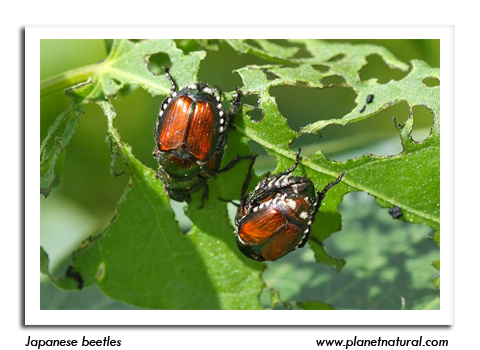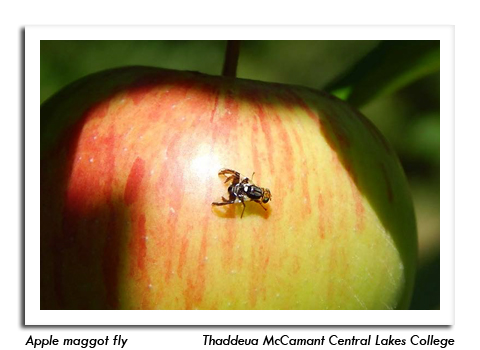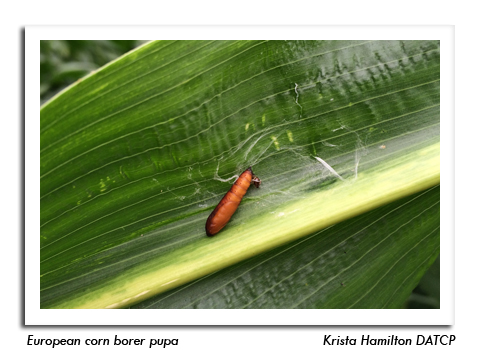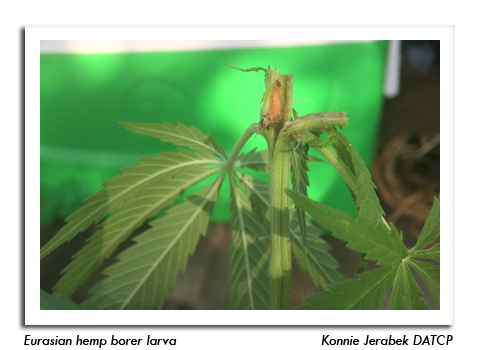
 |
|
|
Looking Ahead
Volume 64 Number 12 Date 07/18/2019 JAPANESE BEETLE - Numbers are increasing in fruit and field crops over much of the state. This beetle is likely to become a serious problem again this season since adequate to surplus soil moisture levels have generally been favorable for the subterranean larvae. Damage to fruit trees, ornamentals and field crops will continue to intensify this month. Targeted spot treatment of individual trees or problem areas is usually an effective alternative to broadcast applications. SPOTTED WING DROSOPHILA - Fly emergence is accelerating. Egg laying has intensified with the recent hot weather and the small white SWD larvae have become noticeable in fruits. Berry growers are advised to increase sampling for larvae to help determine fruit marketability and whether management actions are working. Larval sampling methods are provided in the FRUIT section. APPLE MAGGOT - Counts of 1-4 flies per trap were reported in the past week from seven of 25 apple orchard locations. Fly emergence is expected to escalate throughout July and peak in August. Apple growers concerned about this pest can set a minimum of three traps per 10 acres at this time, increasing the density to one trap every 200-300 feet along the orchard perimeter as the season progresses. The traps should be hung at eye-level near wild hosts and early-ripening cultivars. EUROPEAN CORN BORER - Summer moths are appearing in the Columbia, Dodge, and Fond du Lac County black light traps. The predominant stages noted in fields this week were fourth and fifth-instar larvae, as well as pupae. Surveys in corn suggest that infestations are generally very light, with fewer than 4% plants infested with first-generation larvae. EURASIAN HEMP BORER - The second flight of moths began on July 18 in Walworth County. Moths of this flight will produce second-generation larvae capable of causing additional damage to greenhouse and field hemp plants. Some industrial hemp growers are already reporting moderate to heavy stem boring injury to their crops resulting from the first generation. Scouting for EHB stem holes to determine the need for control should occur soon. Any treatments targeting the second-generation larvae must be applied during the narrow window between egg hatch and before the caterpillars bore into hemp stems. SOYBEAN APHID - Aphid pressure is gradually building in R1-R2 soybean fields, although the typical average is still very low at fewer than five aphids per plant. Monitoring efforts should be increased as soybeans advance to the R3 growth stage. WESTERN BEAN CUTWORM - The annual moth flight is beginning, with 25% emergence forecast for next week throughout most of southern Wisconsin. Routine scouting of corn plants for egg masses and small larvae should start once fields enter the late-whorl and pre-tassel stages. If control is warranted, the optimal timing for insecticide treatment is at 90-95% tassel emergence. -- Krista Hamilton, DATCP Entomologist 





|
|
|